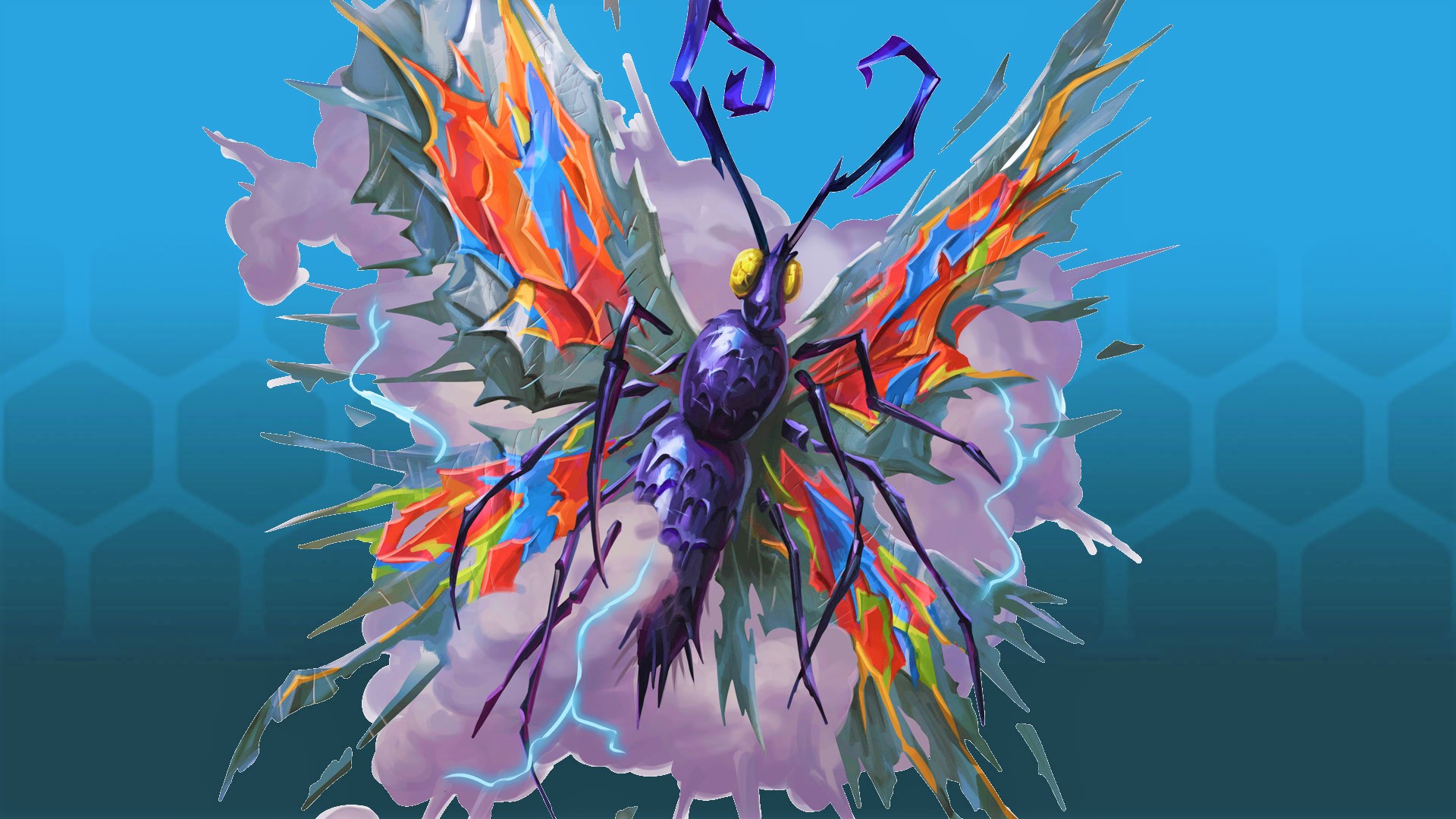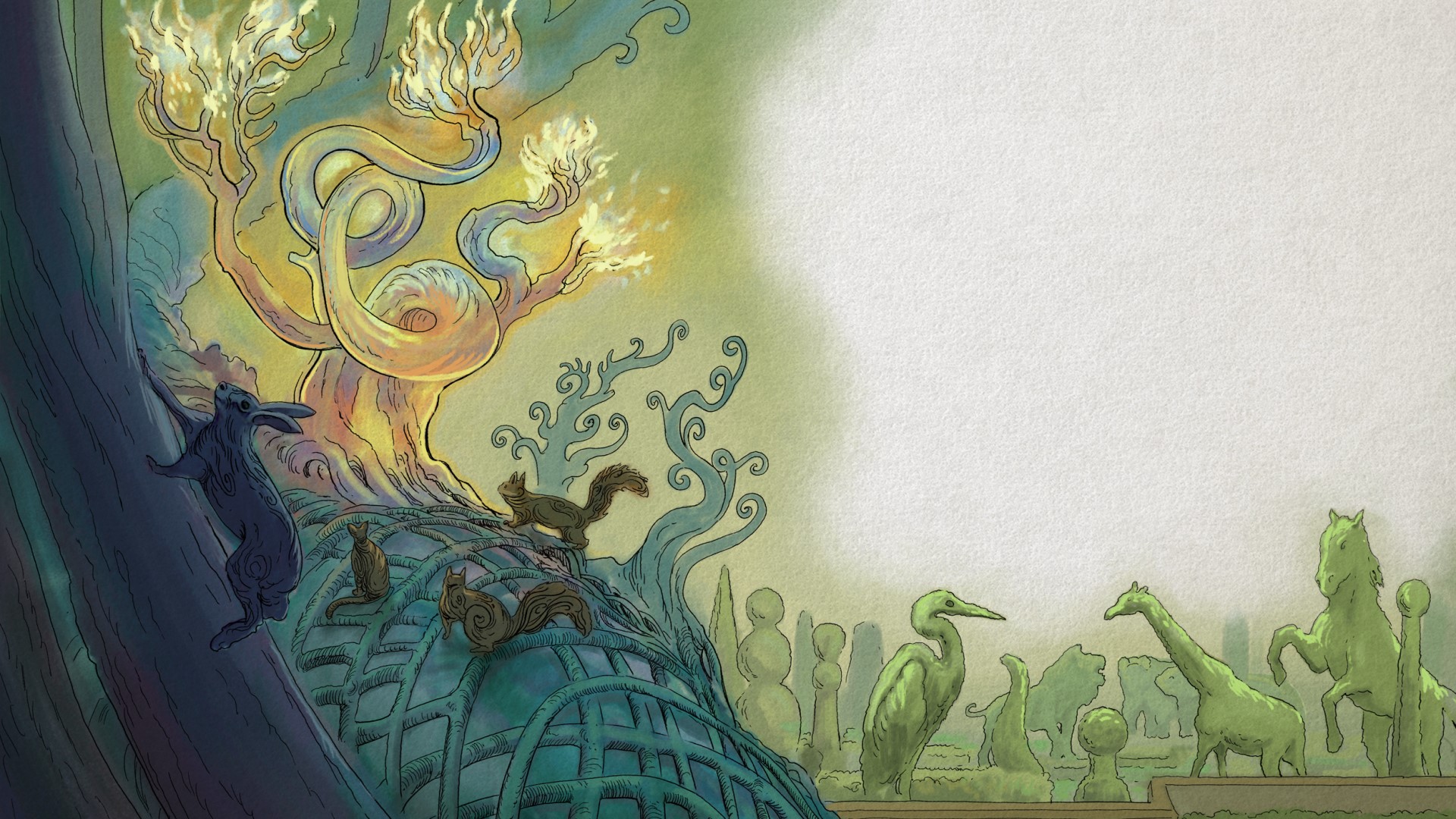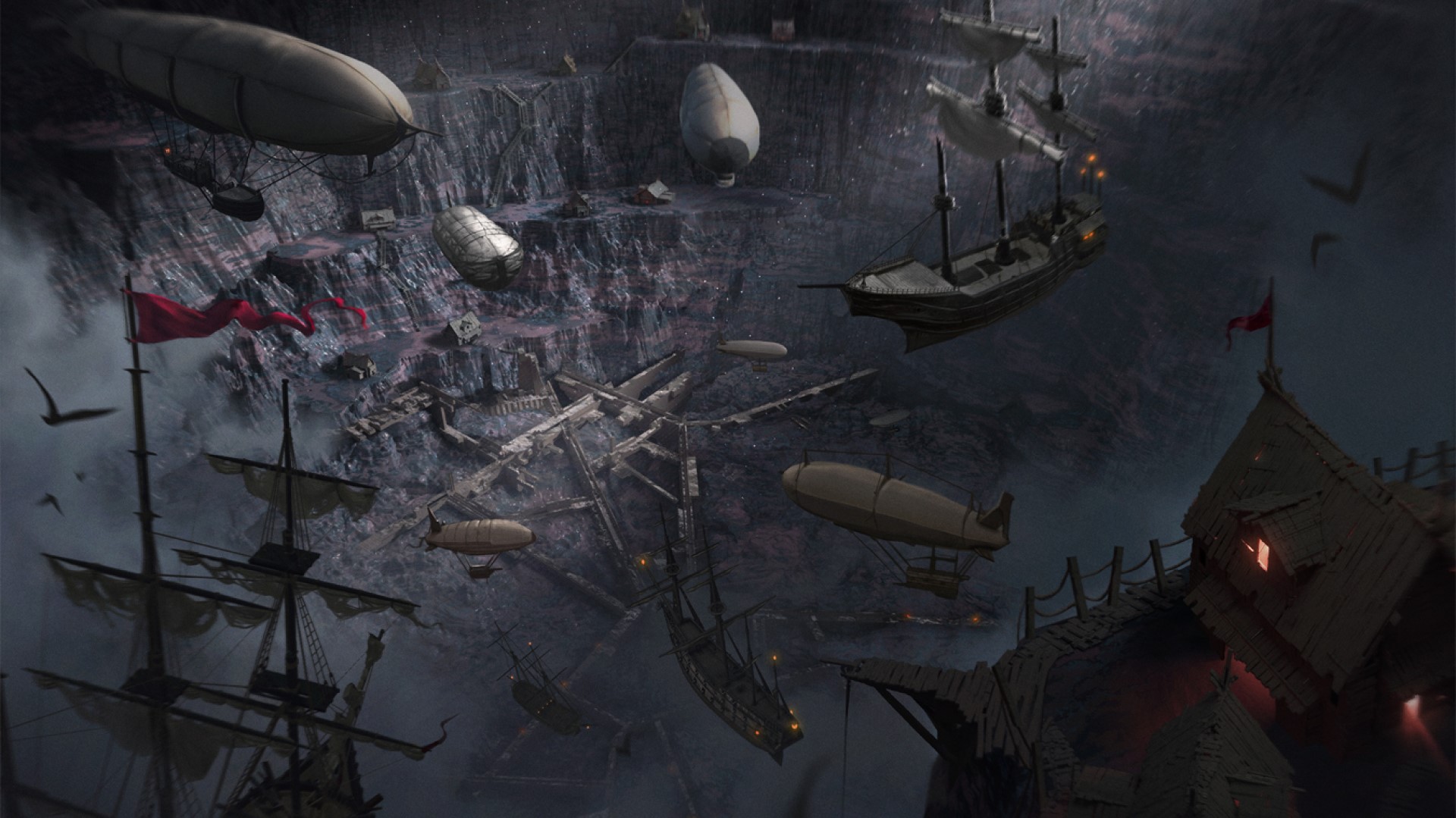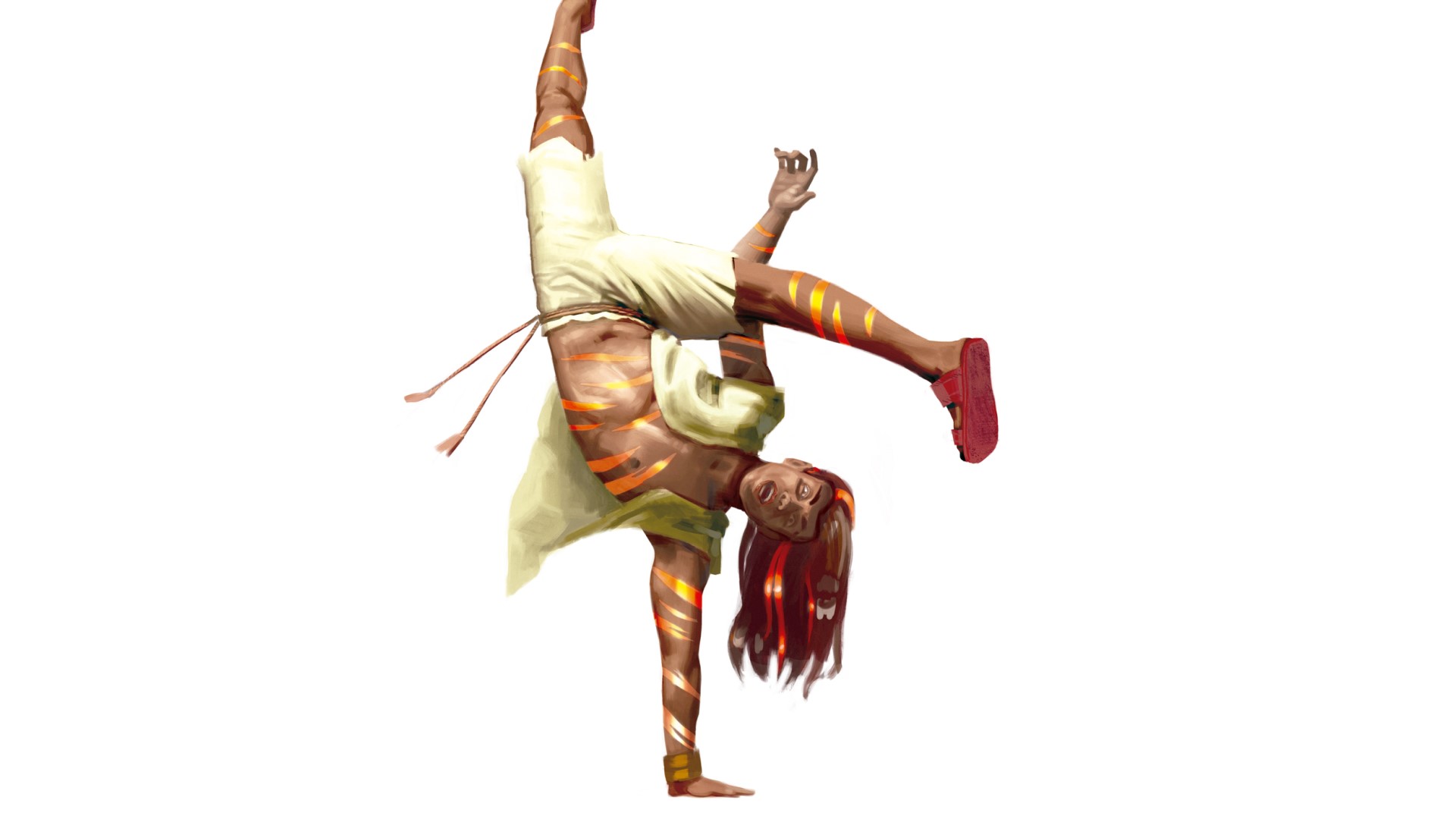The elemental planes of Pathfinder are getting a new look in Paizo’s summer sourcebook release, Rage of Elements. Lead designer Logan Bonner tells us there’s some mammoth content to expect inside, including two new planes to explore, new class options to take, and plenty of new art and lore to flesh out Pathfinder’s planes.
We’ve already seen the Kineticist is shaping up to be the longest class ever in terms of content, and one of the Rage of Elements planes has a pretty heavy metal vibe. Below you’ll find our full chat with Logan Bonner. Wargamer also has more evergreen Pathfinder content too, if that’s your bag – including overviews of Pathfinder classes and Pathfinder races.
Pathfinder: Rage of Elements is currently available for pre-order on the Paizo website, with a Pocket Edition and a Special Edition also available.
WG: Let’s hear the elevator pitch for Rage of Elements.
LB: So Rage of Elements tackles the elemental planes, which are classically, air, earth, fire, and water. But two new planes have opened up: the planes of wood and metal, which have kind of shaken up the cosmos, and caused a whole bunch of new elemental power to come to the forefront.
This lets players explore the elements, with a lot of over-the-top powers and excitement. It also includes the Kineticist class, which was a first edition favourite, that is all about using elemental tricks they can access over and over again.
Is there a story reason why the new planes have opened up?
Several elemental lords (who are kind of the deities of the elements) had been imprisoned. The Pathfinder society freed the lord of air, and then in quick succession, the other elemental lords were freed, and this caused a change that brought back two planes that had been shut off and hidden. The planes of metal and wood are regrowing now, and their elemental lords are also coming back into power.
What can you tell us about the two new planes?
The plane of metal is a place of extreme forces like decay, magnetism, and rust. There’s a lot of rusted-out husks, skull-looking creatures, and insects with plates of metal for their carapace. When it says ‘metal’, it’s a little bit like metal music as well – it has that vibe.
The plane of wood is highly ordered, filled with giant-scale geometric plant life and cities in enormous, enormous trees. It’s kind of a contrast to The First World, the Realm of the Fey, which is more of a tangled wilderness. The plane of wood is a vast, orderly realm where all different kinds of biomes are represented, but they’re intricate and enormous in scope.
There was an early playtest for the Kineticist class, and I remember you writing a blog post about the feedback you received. Has the class changed much based on this feedback?
Yeah, there have been some pretty massive changes to it. A lot of detail came in, like expanding the metal and wood elements that weren’t in the playtest, and adding hybrid elements, which would be like, ‘here is a water plus fire impulse that is doing steam-themed stuff’. We’ve got one of those for each element combination now.
One of the big changes is in the playtest version, you choose whether you have a single, one-element gate, a dual gate for two elements, or a universal gate for all elements. We switched that to something more like 1e, where you start with one or two elements, and then you choose to expand at later levels or get better at one of your existing elements.
Unlike 1e, it’s not mandatory; if you just want to be a water Kineticist, you can keep getting better at water over time. You can super-specialise, and you’ll get a bunch more unique special abilities than you would have in the playtest.
The main change overall is we wanted it to be easier to understand and play. Some stuff like using elemental blasters we’ve changed to be more like the other impulses, where you use your Constitution, which is much easier to figure out.
We wanted the Kineticist to do one thing very well. It’s going to be really easy to figure out how to build this character. There’s a lot of variety in it with which impulses you choose, but there’s a lot less busy work to make that character happen in the final version.
There must be quite a lot of combinations of things you can do with the class.
There are, and because everything is at will, we had to very carefully balance each of those [element combinations] to make sure it doesn’t go off the rails really quickly.
We put a lot of time and effort into this class especially, and it’s also going to be the longest class we’ve produced, because it needed all that space to have room to include everything and feel complete.
I remember your blog mentioning Paizo wanted to expand the class’ non-combat options. Has that been a priority in the latest stage of development?
I would say it’s kind of a secondary priority, but we did some with that. Even though this is a very long class, the amount of stuff we have for each element means we couldn’t add that much more stuff to [the class].
But each element has a skill specialisation option you can choose, which is an element-specific add-on. And we also put in more alternate uses for some abilities that make it more interesting outside of combat. For example, there’s a wood impulse you can use outside of combat to make a cosy cabin spell. You can do that if you spend more time using the impulse.
The book apparently includes some elemental options for existing classes too, can you tell us more about these?
Yeah, so the main options for the existing classes are spells and magic items. We have four pages of spells and four pages of items for each element. It’s strongly weighted toward Arcane and Primal spells because those are the ones that use elements the most. Also, for anyone who’s using summoning spells, if they have Summon Elemental, there are a tonne of Elementals in this book.
As for specific class things, there’s an Elemental Instinct for the Barbarian – so you can literally have the rage of elements. There are also a couple of archetypes. There’s the Kineticist, and there is the Iron Druid class archetype, which is actually kind of a late addition to the book. Druids have a prohibition against metal, but now that the element of metal is here, what does that mean for Druids? This is a way they can see metal as a part of nature and go against the grain of other Druids.
What can you tell us about the book’s new ancestries/heritages?
In anticipation of the book, a lot of people have said they’d love to see this – and luckily, they’re gonna get their wish. There are heritages for Geniekin types for metal and wood. There’s the Ardande, or the wood Geniekin, and the Talos, who are the metal Geniekin.
They’re much like other Geniekin in that they’re people with some wood or metal elemental in their bloodline. These heritages mean you can have metal skin, turn green, have wooden hair, and all that kind of fun stuff.
Is the book going to expand the lore of Pathfinder with its gazetteer?
It’s going to expand primarily the lore of this series of events that reopened these planes. There are write-ups of all the elemental lords, including four new deities along with four recently-freed deities. They all have their entries, similar to the gods and magic entries. So it will have their avatar’s spell ability, their domains, and all that kind of stuff. You can play a follower of one of these deities.
I believe this is also the first time in 2e we’ve done a diagram of the planes. That’s been updated to reflect this new situation in the elemental planes, and I think the planar diagram is going to be really useful to people and a nice update from the first edition version.
Planes of Power was the big book dedicated to the elemental planes in first edition – are there gonna be any big similarities or differences in Rage of Elements?
They’re pretty similar in the types of information they’re conveying. There’s a bit more in here about what the elements mean for everybody as opposed to just people who are adventuring on those planes. But if you liked Planes of Power, you’re gonna like the type of stuff that’s in here.
Source: Wargamer










